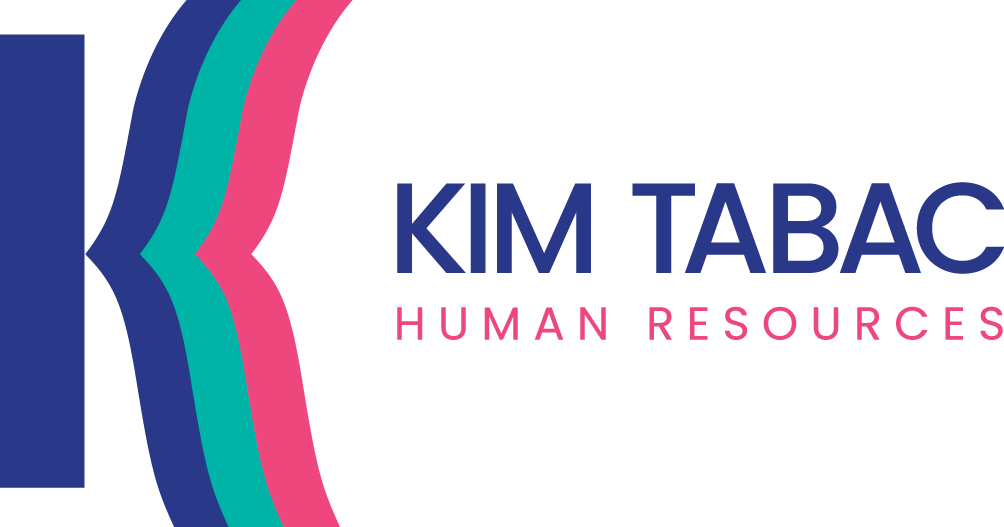Shattering the silent norm: An employer’s guide to supporting employees health and wellness in the post-pandemic world
By: Kim Tabac | January 2023
For hundreds of years, employees would leave their homes in the morning and leave behind all responsibilities related to their families, communities and social lives. For eight hours, they paused or at least deprioritized any responsibilities related to the important roles that they played outside of work. As they arrived at the office, they would “magically transform” from a multidimensional human – a parent, a partner, a community member, a volunteer – to a one dimensional employee with a singular focus; to deliver their best performance and their highest level of productivity. It was a mutual understanding between employee and employer – A silent norm.
That silent norm was shattered when employees were sent to work from home full-time in 2020. Not only were employees connected electronically to work through their cell phones and messaging apps, behaviors that were known to cause workplace stress before the pandemic, but now, their work had literally followed them into their homes. Bedrooms and kitchen tables became makeshift offices and there was absolutely NO ESCAPE from work.
Managers and colleagues entered employees’ personal spaces via video calls and got a glimpse of living rooms, dining rooms, kitchen tables and unmade beds. We were exposed to their home decor, the selection of art on the wall and were also introduced (willingly or unwillingly) to employees’ families, pets, and all kinds of interruptions and distractions that all multidimensional humans face throughout the day.
Employees were challenged as they tried to balance all of the roles that they play outside of work while maintaining productivity. The distractions became very real and impossible for employers to ignore. And this caused a whole new level of stress…
So what can companies do to support employees in the new reality and ensure better employee mental health and wellness?
1. Create a psychologically safe work environment
A psychologically safe work environment is one where employees feel safe bringing their full selves to work without fear of reprisal or ridicule – their full messy, distracted, multidimensional selves. We can’t unlearn what we learned about how full and complex our employees’ lives are and how much stress they experience as they try to balance the multiple roles that they play outside of working hours. We need to make our workplaces a safe and welcoming space for ALL employees and ALL of their challenges.
Managers and leaders are the most important resource for employees dealing with stress, anxiety or depression in the workplace and are critical in creating a psychologically safe environment for employees. Managers who are well trained are able to engage in the important discussions that help assess employees needs and direct them to the right resources. This kind of discussion is no longer a “nice to have”, it is critical in supporting employees with their mental and physical wellbeing.
2. Provide a personalized employee experience
After spending more than two years working full-time from home, finding new ways to balance all of the roles that they play in their everyday lives, it is not surprising that employee needs and expectations have changed. Some employees are desperate to return to the office while others are threatening to resign if they are forced to return. What we know for sure is that employee expectations have changed and a more personalized approach to the employee experience is necessary to ensure better employee wellness, engagement and productivity that will not be addressed with a blanket solution.
The great resignation and the trend of quiet quitting are costing companies MILLIONS!
Both of these trends emerged when employers tried to force employees back to the working norms that were in place pre-Covid. When employers tried to UNLEARN what we had learned.
Allowing for flexibility and choice in working hours, days, locations allows employees to reduce stress by giving them some control over their work life so that they can better balance all of the roles that they play both inside and outside of work. Flexibility is the only solution that will address all of your employees mental and physical wellbeing needs – and it’s often at zero cost.
3. Optimize meeting productivity
The use of the video conference allowed us to work synchronously and to replicate the office environment when it was not available to us. It is an excellent way to ensure productivity across locations and even across time zones. But zoom fatigue is real and is contributing to the mental health issues that your employees are facing.
9 Tips for Optimizing Meeting Productivity:
- Audit meeting attendees (are all attendees necessary?)
- Review meeting frequency (are you meeting too often?)
- Evaluate meeting length (are the meetings too long?)
- Encourage employees who work best asynchronously to defer meetings if they are not required
- On holiday/short weeks, shorten or cancel recurring meetings
- Produce a meeting agenda that is distributed prior to the meeting
- Maintain meeting minutes and share them with all those who would benefit
Launch Speedy meetings:
Another simple change is the introduction of speedy meetings. By reducing one hour meetings to 50 minutes and 30 minute meetings to 25 minutes employees are afforded a number of short breaks throughout the day to stretch their legs and to refocus.
According to research, 10 minute breaks in between meetings help to reduce stress, improve focus and boost energy. This tactic is easy to introduce, has zero cost, and can be a game changer for employee health and wellness.
Introduce Focus Time:
Focus time is a time when across the company no meetings are scheduled. This time allows employees a much needed break from being on camera and when needed, to attend to some of their pressing priorities outside of work. Intentional time away from meetings at a company level helps with overall mental health and wellbeing. It costs nothing – but the payback is huge…
4. Help employees to help themselves:
Resources that employees can access when and how they need them is key – and often at zero cost. There are a number of free government sponsored resources that provide support for mental and physical health that became available during Covid. There are also a number of health and wellness consumer apps available, free for your employees to download. And for a very low cost, companies are investing in the addition of online health and wellness resources to provide to employees as part of their benefits offering like (headspace, calm, …)
As a result of spending years working from home offices, employees are prioritizing flexible work environments and better harmony in their work and life. During this time, employers learned valuable lessons about the lives of their employees outside of work, and witnessed first hand how challenged their employees are as they juggle all of the roles that they play in their personal and professional lives. Companies who want to attract and retain the best talent are reflecting the new reality as a critical component of their employee experience and are increasing the focus and investment in employee health and wellness. It is an investment that will pay off time and time again.

